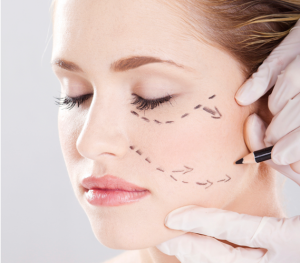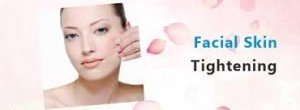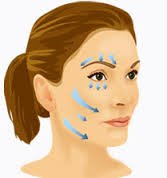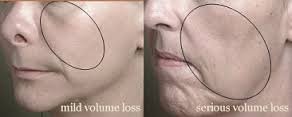
Plastic surgeons are seeing more patients who wish to undergo facial surgery, suggesting social media-posted selfies may be inspiring more Americans to consider plastic surgery.
The growing trend of taking selfies – a type of self-portrait photograph, typically taken at arm’s length with a hand-held digital camera or camera phone – and posting them on Facebook, Twitter, Snapchat, and Instagram, has been attributed to the increase in nose jobs and other reconstructive facial procedures.
Dr. Edward Farrior, President of the AAFPRS who conducted the research that posed these assertions, states in CBS News:
“Social platforms like Instagram, Snapchat and the iPhone app Selfie.im, which are solely image based, force patients to hold a microscope up to their own image and often look at it with more self-critical eye than ever before. These images are often the first impressions young people put out there to prospective friends, romantic interests and employers, and our patients want to put their best face forward.”
According to an annual survey conducted by the American Academy of Facial Plastic and Reconstructive Surgery (AAFPRS) of a select group of the organization’s 2,700 members revealed one in three plastic surgeons reported seeing an increase in requests for facial procedures by patients who wanted to look better online.

Between 2012 and 2013 they saw a 10 percent rise in nose jobs, a seven percent rise in hair transplants and a six percent rise in eyelid surgery, says the NY Daily News. In addition, 58 percent of the doctors surveyed noted having a growing number of patients under 30 seeking out services – in part because of social media images like selfies.
Nose jobs (rhinoplasty) are the most popular elective surgical procedure conducted among those in the under 35 crowd – accounting for 90 percent of women, and 86 percent of men respectfully. And while women account for nearly 80 percent of plastic surgeries for face and eye lifts, men are becoming more determined to keep their hair and combat wrinkles.
This information is brought to you courtesy of Dr. Mark Bishara and The Paragon Plastic Surgery & Med Spa in Mansfield and Southlake, TX
Download our Free Guide on Robotic Hair Restoration












